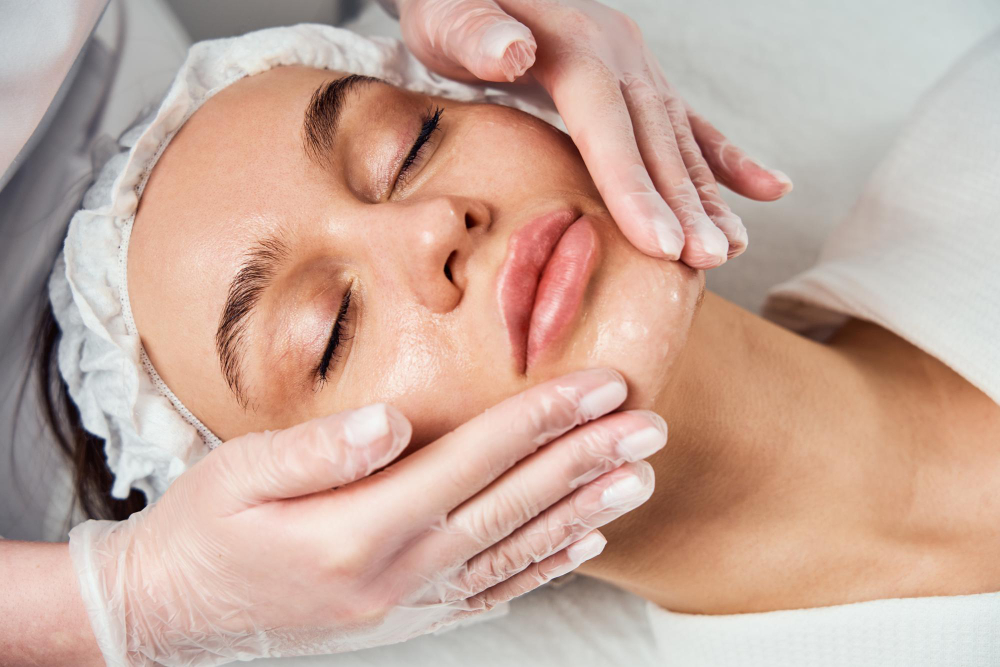
What Are Chemical Peels?
Chemical peels are treatments that remove damaged outer layers of skin to reveal smoother, clearer skin beneath. They help reduce scarring, minimize blemishes, and improve overall skin texture. Chemical peels come in varying strengths, ranging from mild to strong, and are classified into three main types:
- Alpha Hydroxy Acid (AHA)
- Trichloroacetic Acid (TCA)
- Phenol
The choice and strength of the peel are tailored to each patient’s skin condition and treatment goals. Chemical peels can also be combined with other cosmetic procedures, such as facelifts, to enhance results. In some cases, chemical peels may be covered by insurance if performed for medical reasons rather than cosmetic purposes.
How Is a Chemical Peel Performed?
Chemical peels are typically done in a plastic surgeon’s or dermatologist’s office or at an outpatient surgical center. Anesthesia is usually not necessary because TCA and phenol peels have inherent anesthetic properties, while AHA peels may cause only mild stinging.
During the procedure, the skin is first thoroughly cleansed. For TCA or phenol peels, the chemical solution is applied, often causing a brief stinging or burning sensation. After a phenol peel, the skin may be covered with petroleum jelly or waterproof adhesive tape to aid healing. AHA peels usually require no post-treatment covering or ointments.
Side Effects and Recovery
TCA and phenol peels can cause redness, swelling, tingling, and crusting or scabbing that may last about a week, depending on the peel’s strength. Phenol peels may cause temporary eye swelling, and patients might be advised to eat a liquid diet and limit talking during initial recovery. Any protective tape applied is typically removed after one to two days.
AHA peels tend to have milder side effects, such as temporary stinging, redness, irritation, and minor flaking or crusting.
After any chemical peel, protecting the skin from sun exposure is critical to ensure proper healing and avoid complications.
